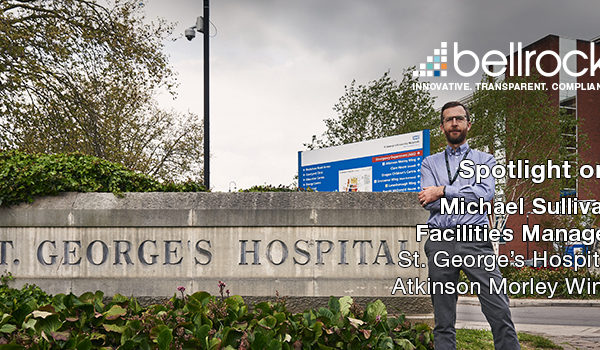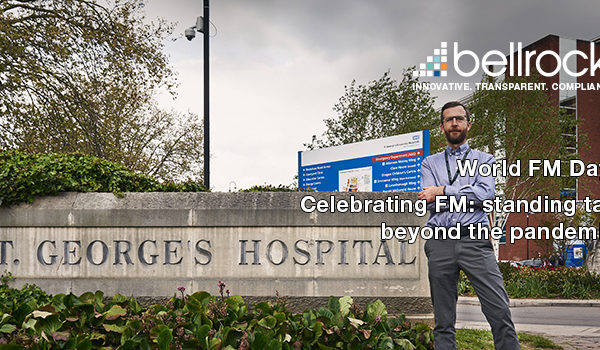Practical steps in building your own risk assessment
Risk assessments are designed to help you identify sensible measures to mitigate risks in the workplace and assist you in determining what and where specific control measures need to be in place.
With the UK Government now providing a roadmap for returning to work in a post lockdown phase, organisations find that the onus is squarely upon them to assess when and how a return is both desirable, feasible and safe. The need to provide and publish a risk assessment is now clear, but the steps to take that assessment will be organisation and site specific.
We exist to provide estate risk support to our customers. Our aim is to assist you in understanding what’s involved and help you decide if you require additional expert support and advice from our qualified teams in turning it into a complete re-occupation strategy.
Phase I
Covid-19 risk assessment
With the current lockdown now easing, people are beginning to return to the workplace and as such, employers must take steps to safeguard employees, members of the public, and themselves. In identifying Covid-19 as the hazard, companies must review their risk assessments and put measures in place to ensure social distancing is implemented and risk has been mitigated as much as possible.
New procedures, equipment and substances introduced into your site may introduce new hazards and risks. This should prompt you to re-visit your current risk assessment to determine if it is still valid or requires updating.
Capacity planning
Capacity planning identifies areas of a premise that are being re-opened and assists in compartmentalising the site as to avoid further contamination and limiting it to designated, contained areas.
Calculating your total capacity based on your evaluated occupancy levels will assist you in developing a reoccupation strategy. Occupancy levels can then assist you in developing your return to work strategy which could lay consideration for shift patterns or alternating workdays for teams. A site appointed Covid Officer can assist in managing daily occupancy levels.
Fire risk assessment
Building owners, employers and employees are now having to make changes in the way that premises are used, now considering capacity limitations and circulation flows, which could adversely impact on fire safety.
The UK Government has issued detailed guidance documents for different building uses (including buildings which have been temporarily re-purposed). A full review of your fire risk assessment will help to ensure that it is current and reflects the way your business now operates and should take into consideration any and all significant changes in ways of working, processes or building layout.
Phase II
Equipment re-commissioning
Numerous organisations rapidly locked down in March, many without following full shut down procedures. While most have attempted to maintain PPM protocols through the enforced lockdown, many have not been able to complete all actions. There are now several returning to work considerations in re-commissioning a site’s equipment to return it to full statutory compliance.
Ensuring plant and equipment installed within a building is operating to the latest Covid secure safety recommendations will be crucial for managing risk. There have been guidance and recommendations issued by various bodies including BESA, CIBSE and REHVA and it is recommended that these are implemented and adhered to when reopening any building.
Enhanced cleaning
As we turn our attention to recommissioning our estate, one of the early and key considerations will be on how we make it clean and ready to re-inhabit. There will be an element of nervousness from your colleagues and visitors as they come to site, so one of the key priorities will be to provide reassurance, both upon re-opening and then on an on-going basis.
The following steps should be considered as you formulate your re-occupancy plan:
- Re-opening deep clean
- Property disinfection
- Enhanced hygiene schedule
- Correct choice of chemicals
- Communications to staff
Business communication
Before any site should be opened there is one key question to ask: Are you able to demonstrate and give confidence to your workforce that you can consistently practice safe social distancing and comply with ALL other standard health and safety requirements?
Communicate to staff about the new changes to the workplace, explaining the new ways of working such as new policies and procedures and the reasons. Describe the practical measures taken to ensure the workplace is clean and safe to return to and the ongoing enhanced hygiene schedule and sanitisation programme. Continue to communicate the importance of hygiene measures such as hand washing and sanitising. Reassuring your employees that their health, well-being and safety is your top priority.
Further actions
Staying Covid-19 secure in 2020
Businesses should demonstrate to their workers and customers that they have properly assessed their risk and taken appropriate measures to mitigate this. Government guidelines suggest that you should do this by displaying a notification in a prominent place in your business and on your website, if you have one.
Below is the Goverment’s notice you should display in your workplace to show you have followed this guidance and can be downloaded here.
Industry experts
Lead consultant
Gareth Jones
MIIRSM, BSc, GradIOSH, DipNEBOSH,
CMaPS, DipFD
gareth.jones@nifes.co.uk
*Information offered in this webinar is in line with UK Government guidance at the time of recording.








